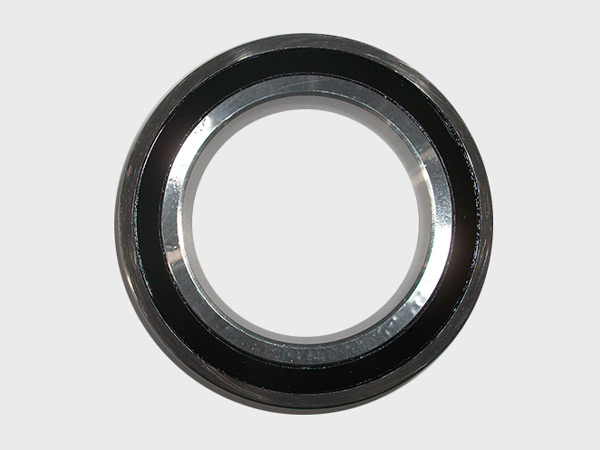The tolerance of a screw bearing, particularly for applications such as ball screws or lead screws used in precision machinery, refers to the allowable deviation from specified dimensions and performance parameters. These tolerances ensure the bearing operates correctly within its intended application, maintaining the necessary accuracy, load capacity, and lifespan.

Dimensional Tolerances:
Diameter Tolerance: This includes the outer diameter of the screw, the diameter of the rolling elements (balls or rollers), and the inner diameter of the nut or bearing housing.
Lead Accuracy: This refers to the deviation in the axial movement per turn of the screw. High-precision screws have very tight lead accuracy tolerances.
Pitch Error: The difference between the actual and nominal pitch of the screw thread.
Form and Position Tolerances:
Cylindricity: The tolerance that ensures the screw remains cylindrical along its length.
Straightness: The allowable deviation of the screw from a perfectly straight line.
Perpendicularity: The angle between the axis of the screw and the mating surface.
Runout Tolerances:
Radial Runout: The maximum deviation of the screw’s surface as it rotates, indicating how much the screw wobbles.
Axial Runout: The deviation along the axis, affecting the linear motion accuracy.
Surface Finish:
The smoothness of the screw surface, which affects friction, wear, and the smoothness of the motion.
Tolerance Standards
Different standards organizations provide specific tolerance classes for ball screws and lead screws. Two commonly referenced standards are:
ISO Standards:
ISO 3408 specifies tolerance classes for ball screws, including grades such as 1, 3, 5, 7, and 10, with grade 1 being the most precise.

DIN Standards:
DIN 69051 outlines tolerance classes for ball screws, often mirrored by ISO standards.
Example Tolerance Values
For a high-precision ball screw, the tolerance values might look like this (based on ISO 3408 for a ball screw with a nominal diameter of 25mm):
Lead Accuracy (Grade 3): ±50 micrometers per 300mm of travel.
Diameter Tolerance: Typically within a few micrometers, such as ±5 micrometers for the screw shaft.
Radial Runout: Less than 10 micrometers for the length of the screw.
...
For more detailed information on screw bearing tolerances, please click here: https://www.lkwebearing.com/news-center/screw-bearing-tolerance.html